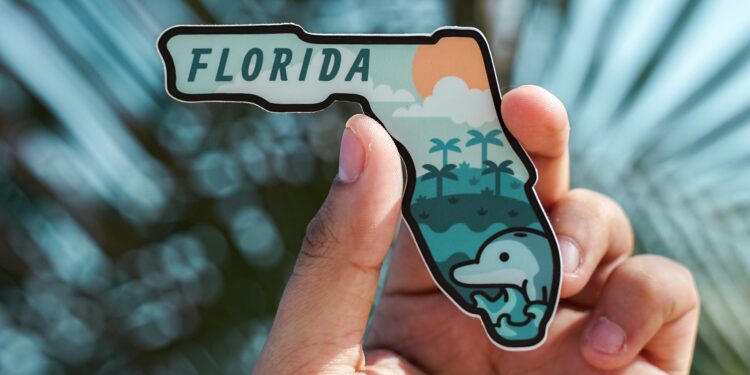Florida is again in the news for its slow but sure climb toward a $15 minimum wage. What started as a simple campaign promise in 2020 has now become a yearly reality for workers across the state. Attorney John Morgan, the man behind the push, called it a fight for fairness, and so far, Florida seems to be sticking to that fight.
Every October 5, the minimum wage rises by one dollar. By 2026, it will hit $15 per hour, a target that once felt impossible in a state where low-wage jobs dominate. From 2027 onward, the wage will rise with inflation, meaning workers won’t have to keep waiting for another ballot measure just to catch up with the cost of living.
The New Pay Structure
This October, the minimum wage will move from $13 to $14 per hour for most workers. Tipped workers, like restaurant servers, will now get a base pay of $10.98 per hour, but the law demands that their total earnings, tips plus wages, must reach at least $14. If tips don’t add up, the employer is legally bound to make up the difference.

It’s a simple rule, but one many workers will be watching closely. Florida’s hospitality industry thrives on tips, yet many workers say they still struggle to make ends meet even after long shifts.
Why It’s Happening
The logic behind the increase is not hard to understand. Prices of food, rent, and transportation keep rising, and $13 an hour doesn’t go far anymore. Inflation has turned what used to be a livable wage into barely enough for survival. The increase is supposed to fix that or at least soften the blow.
Beyond survival, it’s also about fairness. Workers in tipped jobs have long complained that the system favors employers more than employees. A higher base pay means they are less vulnerable to slow nights and stingy tippers.
The Impact on Both Sides
For workers, this raise is a small relief. It means slightly more money for groceries, electricity bills, and transport, things that now cost more than ever. For many, it’s not luxury money, it’s survival money.
But not everyone is celebrating. Some small business owners worry that the higher wage will force them to cut hours or raise prices. They argue that while the idea sounds noble, the cost of keeping up is rising too.
Still, workers insist that fair pay shouldn’t be treated like charity. A full day’s work, they say, should at least cover basic needs.
Preparing for the Shift
Employers are expected to update workplace posters, adjust payroll systems, and make sure that tipped staff know how their pay breaks down between wages and tips. Employees, on the other hand, are advised to check their pay slips after October 5 to confirm they’re getting the right amount.
It’s a yearly routine now, but one that reminds everyone that Florida is still on that $15 journey slowly but surely.
A Step Forward?
There’s still debate over whether this is progress or just the bare minimum. Some say it’s a step in the right direction, while others argue it’s the least the government could do.
In a time when the cost of living keeps climbing faster, $14 an hour feels like running just to stay in place. But in a state that voted for this change, one dollar at a time still feels better than none.
Florida’s march toward a $15 wage isn’t just about economics, it’s about dignity. For workers, it’s a reminder that progress can be slow, but it’s still progress.












